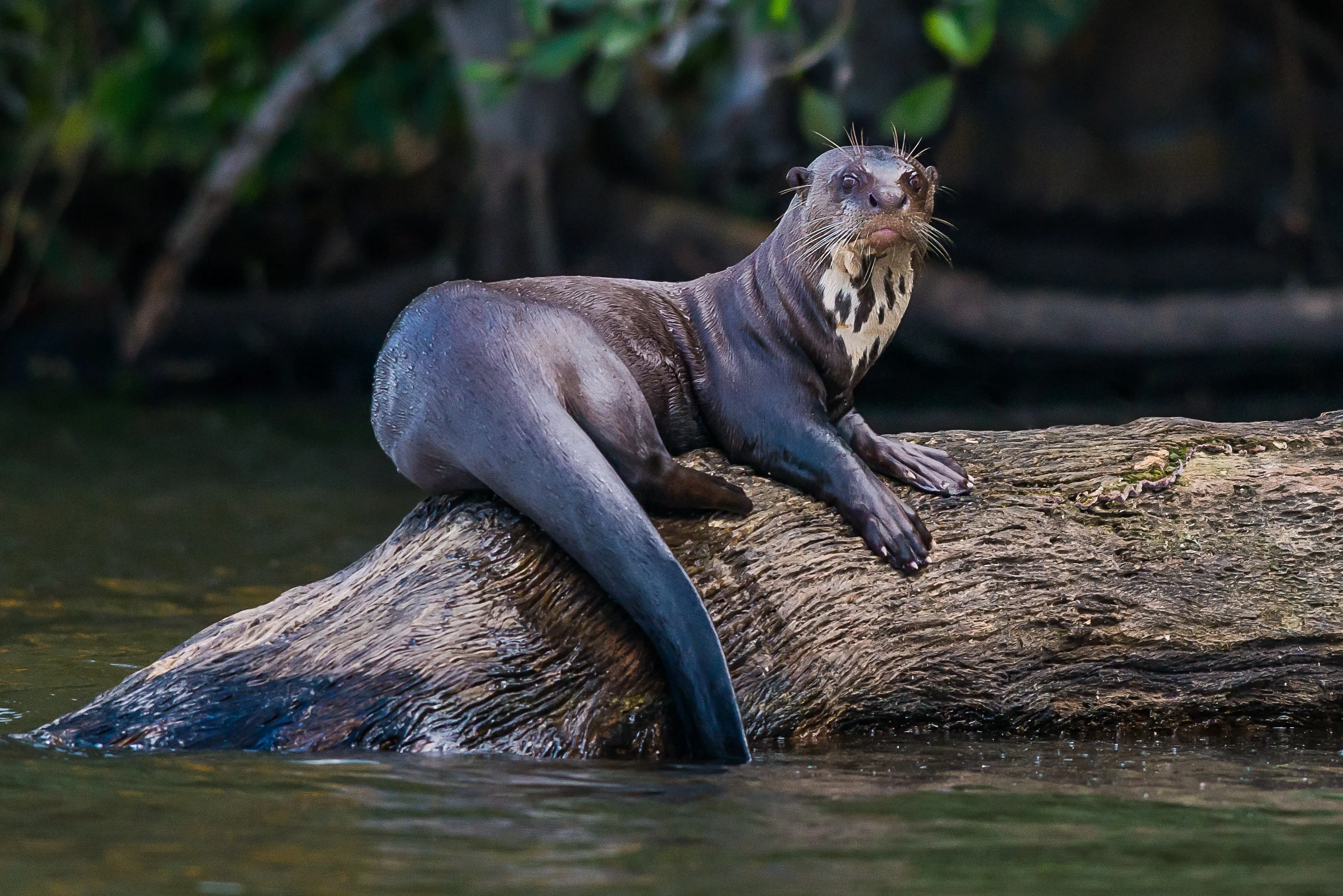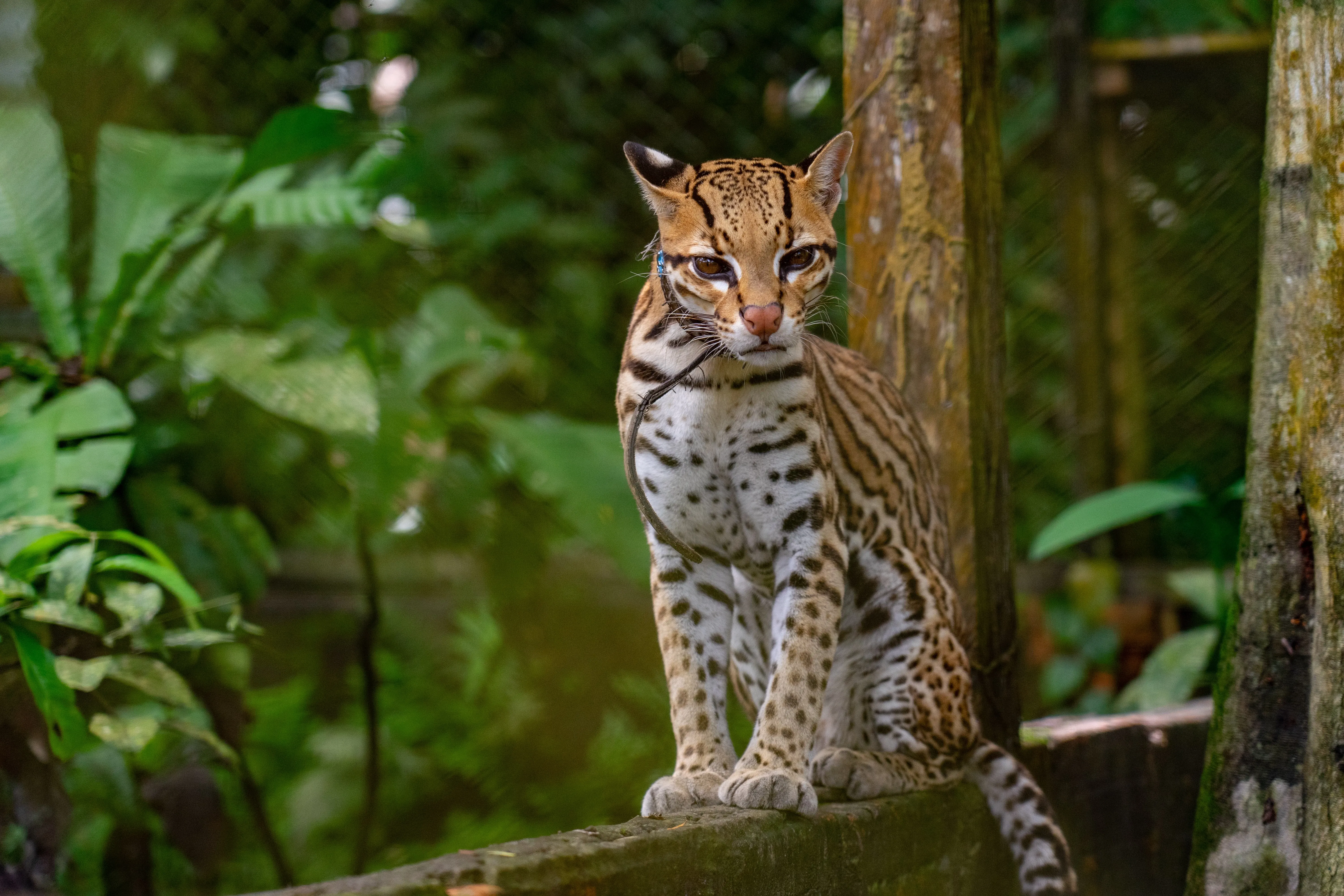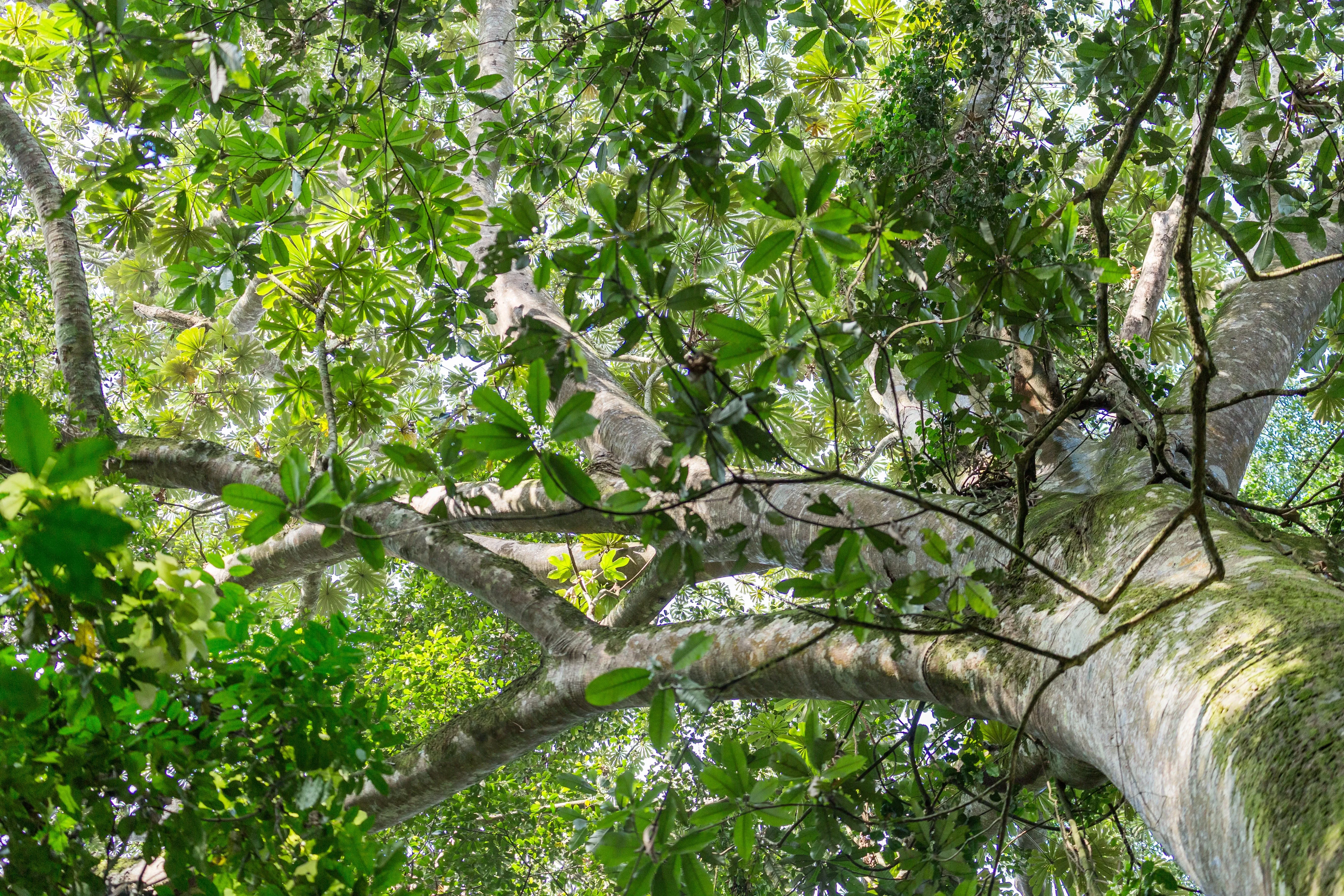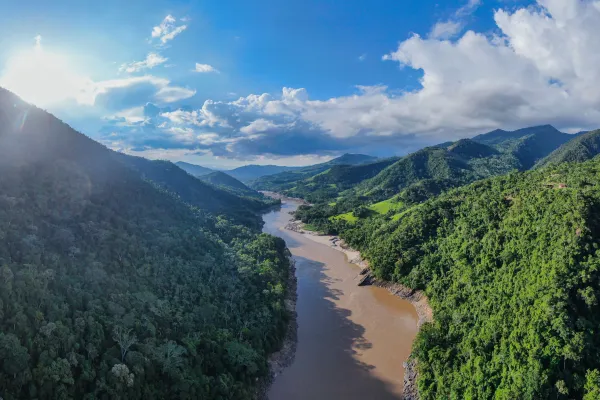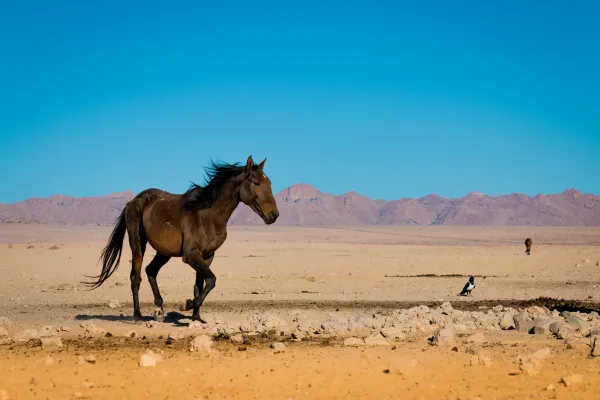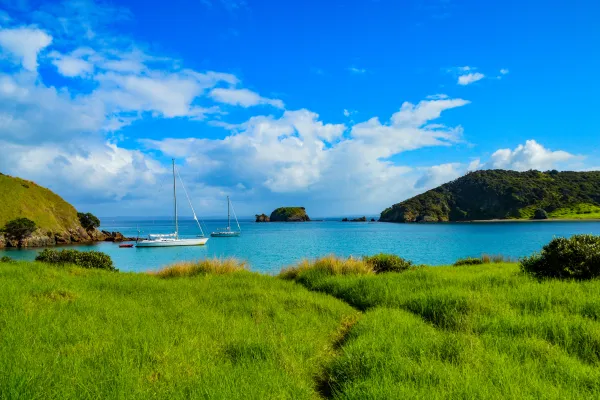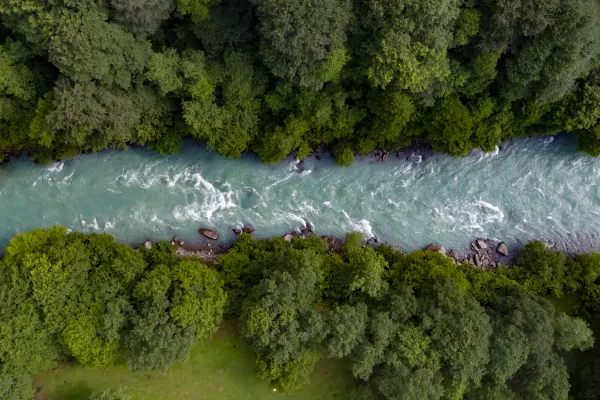Insights into the peruvian Amazon
The Amazon Rainforest is the planet's most extensive jungle at 6 Mil. sq km - roughly two-thirds the size of the United States. This lush tropical biome spans eight emerging nations and contains some of the world’s most prosperous plant and animal life. The Peruvian Amazon is the second largest section of the rainforest, following Brazil, accounting for roughly 13% of the jungle.
It covers over half of Peru and encapsulates nearly 90% of its protected areas. Consequently, the region is a biodiversity hotspot that supports almost 4,000 animal species, many of which are endangered. Furthermore, like the rest of the Amazon, it is critical to offsetting carbon emissions.
»The Peruvian Amazon is vital in the global fight against climate change as one of our planet’s most important carbon stores, containing over 48.2 billion metric tons of carbon.«
Flora and fauna of the peruvian Amazon
The Peruvian rainforest teems with life and attracts visitors and scientists alike. Various species of fauna and flora have adapted to the jungle’s unique tropical climate and lush terrain. Consequently, you can encounter a wide range of plants and animals here. Some of these exist nowhere else on earth.
Mammals
Jaguars and pumas pad their way stealthily through the forest’s dark corridors or lounge in tree branches, while ocelots - a dwarf leopard species - are artfully camouflaged in its dappled light. Two- and three-toed sloths make their slow way through the forest canopy, while long-nosed herbivores called tapirs forage in the undergrowth. The region’s abundant rivers are home to giant river otters, reaching over 1.5 metres in length. Additionally, its abundant waterways are a habitat for pink dolphins, a unique subspecies with long snouts and humps in place of dorsal fins. These unique animals get their pink colouring from blood capillaries near the skin.
The Peruvian rainforest is also a haven for dozens of primate species, many of which are vulnerable to extinction. Resident monkeys include pygmy marmosets, which are among Peru’s smallest primates, and red and black howlers, named for their spine-chilling calls. You may also catch a glimpse of woolly monkeys swinging through the tree canopies, their bright pink hands and long tails distinguishing them from other primate species. Furthermore, the forest supports endangered bearded saki monkey species, and seven threatened spider monkey species. Particularly, the black-headed and brown spider monkeys are critically endangered. Night monkeys, also called owl monkeys, are nocturnal primates with large eyes to aid their night vision.
Birdlife
The Peruvian Amazon’s avian life is as spectacular as the rest of its fauna and flora. Its most remarkable birds include toucans, with their brightly coloured beaks. Paradise tanagers are equally captivating, with vivid shades of blue, red, black, and lime green. However, the harpy eagle is arguably the most formidable of all the jungle’s avian species. These raptors are its most powerful birds of prey, with talons larger than grizzly bear claws. With their size, strength, and hunting acumen, even large prey such as monkeys and sloths are no match for these avian predators.
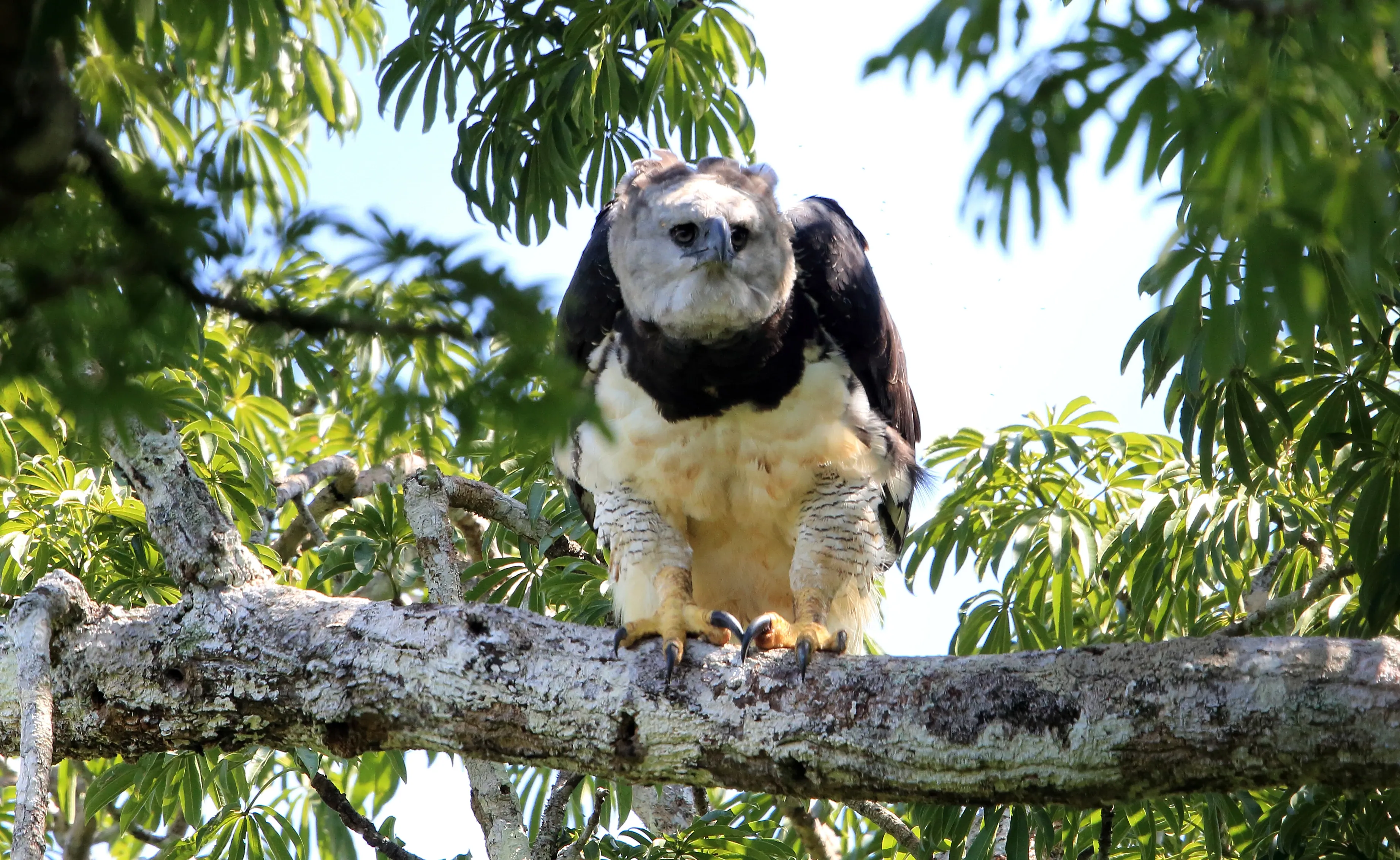
Flora of the peruvian Amazon
The biodiversity of plants in the Peruvian rainforest is remarkable. Recent surveys in the area have identified over 14,000 plant species. However, much of the region's vegetation remains unclassified. Its rainforest protects some of the rarest and most intriguing plants on earth, from the beautiful to the bizarre.
Thousands of orchid species with exquisite flowers bloom on the forest floor and trees. The ones on trees are called ‘epiphytes’, meaning their roots never touch the ground. Exotic plants create splashes of colour amid the dense jungle, such as ‘hot lips’, with their fleshy red leaves. Some of these species provide food and shelter for the wildlife, while also benefiting from them. These include monkey brush vines with red and yellow brush-like flowers that attract hummingbirds, which pollinate them.
Similarly, specific plants have a symbiotic relationship. For example, lianas and vines support many of the jungle’s tall trees, while also using them to reach life-giving sunlight. Huimba trees are the tallest, growing to almost 50 metres. Rare, age-old mahogany trees are another famous feature.
The rainforest’s flora is often described as “the gold of the jungle”. It provides multiple benefits to the indigenous people who inhabit it - edible fruits, oils, latex, fibre, dyes, medicines, and others. Scientists are now using some of these medicinal plants in treatments for cancer, inflammation, diarrhoea, malaria, diabetes, and several other diseases. However, there are problems in controlling the harvesting of plants by local tribes, who rely on them for their livelihood and survival.
Indigenous people of the peruvian Amazon
Approximately 55 indigenous tribes live in Peru, most of whom are based in the rainforest. Many of these ethnic communities live close to civilisation and are semi-integrated into modern life. However, researchers classify roughly 20 of these groups as “isolated” or “uncontactable”. These terms mean they have virtually no outside contact with the outside world and still adhere to an age-old lifestyle dictated by the laws of the jungle.
It is these people who are most intimate with the rainforest’s secrets, which have been passed down through generations. They have more insights of the region’s indigenous plant and animal species than most scientists studying the area. Moreover, they survive in this volatile wilderness by harnessing the jungle’s many resources. They rely on it to feed their families, build homes, make and dye clothes, and treat illnesses.
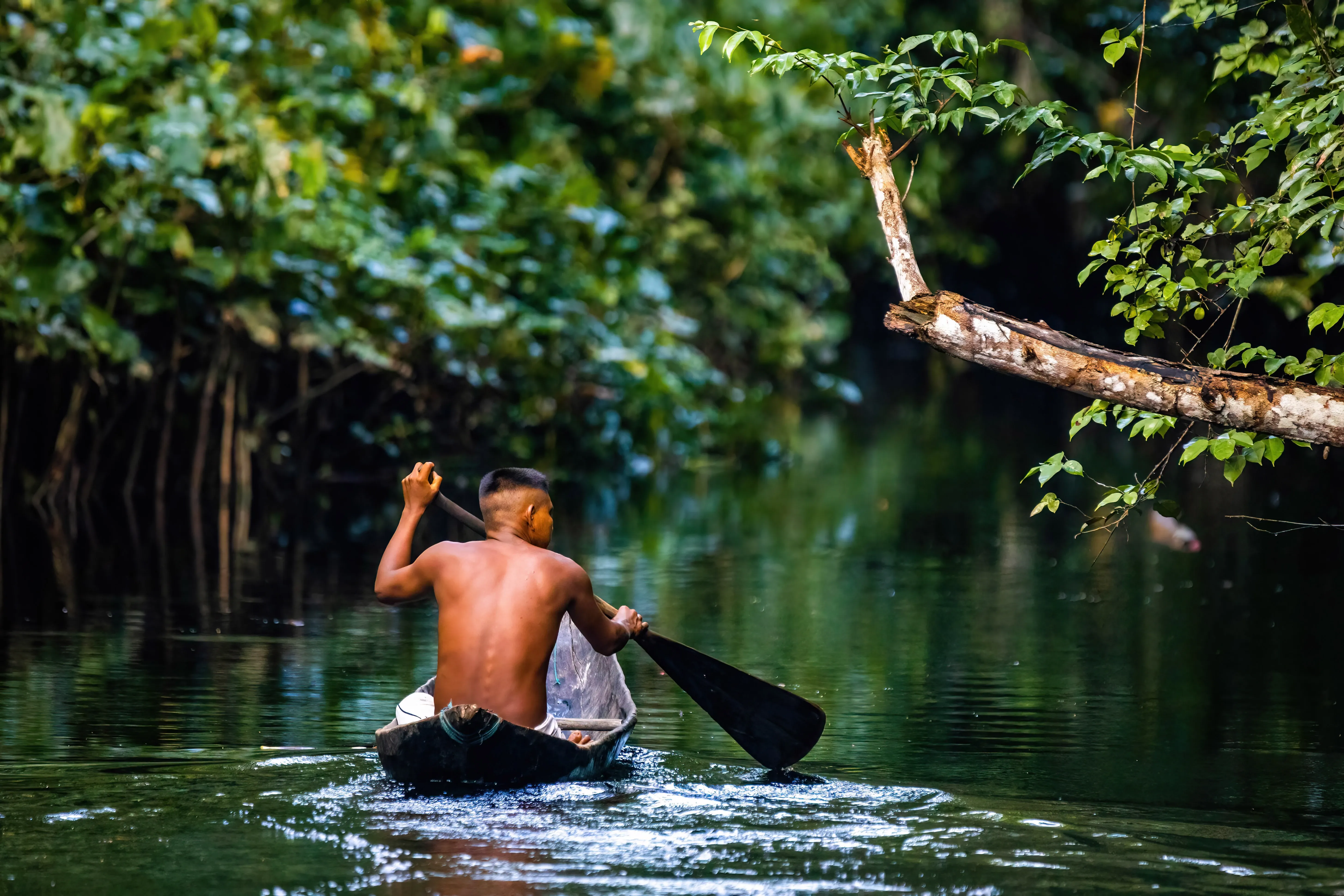
Why do we need to protect the peruvian Amazon?
As a critical carbon sink and a hub of diversity, the Peruvian rainforest is essential to the planet’s health. However, like other parts of the Amazon jungle, it faces more significant threats to its survival than ever. Rampant deforestation, poaching, waste pollution, and climate change place this rich but fragile ecosystem under mounting pressure.
Poorly controlled mining regulations also threaten the region. Moreover, mining and dam construction projects have diverted or contaminated natural springs and rivers in specific instances.
»In total, 34% of the Peruvian Amazon is covered in oil and gas concessions – this includes concessions allocated over titled land and protected areas.«
To illustrate, the southern Peruvian Amazon’s Madre de Dios region constitutes one of the world’s richest concentrations of biodiversity. However, roughly 3,000 mining concessions currently operate across the area and pose a significant threat to its ecological integrity.
As the Peruvian Amazon’s resources dwindle, the need for sustainability education and wildlife awareness training in local communities is growing. Similarly, proper management, conservation, and protection of this invaluable environment are more important than ever.

The good news
Fortunately, various local and global conservation organisations have recognised and responded to the need to protect this vital swathe of the planet. Moreover, several programmes are in place to preserve it in the long term. One of the most exciting of these is a collaboration between the World Wildlife Fund (WWF), various other global conservation partners, and the Peruvian government. Entitled “National Parks: Peru’s Natural Legacy”, the initiative has earmarked $140 million to permanently conserve roughly 41 million acres of the Peruvian rainforest.
The project comprises a long-term preservation strategy encompassing educating local communities and engaging them in ecotourism and conservation. Although national parks and protected areas cover most of the rainforest, it is impossible to manage this vital ecosystem properly without long-term funding. Therefore, projects like these are crucial to the Peruvian Amazon’s survival, upon which the planet’s wellbeing depends.
Sign up for the newsletter
By clicking on “Subscribe now” I will subscribe to the Conscious Explorer newsletter with all the information about mindful travel. Information on the success measurement included in the consent, the use of the shipping service provider MailChimp, logging of the registration and your rights of revocation can be found in our privacy policy.



